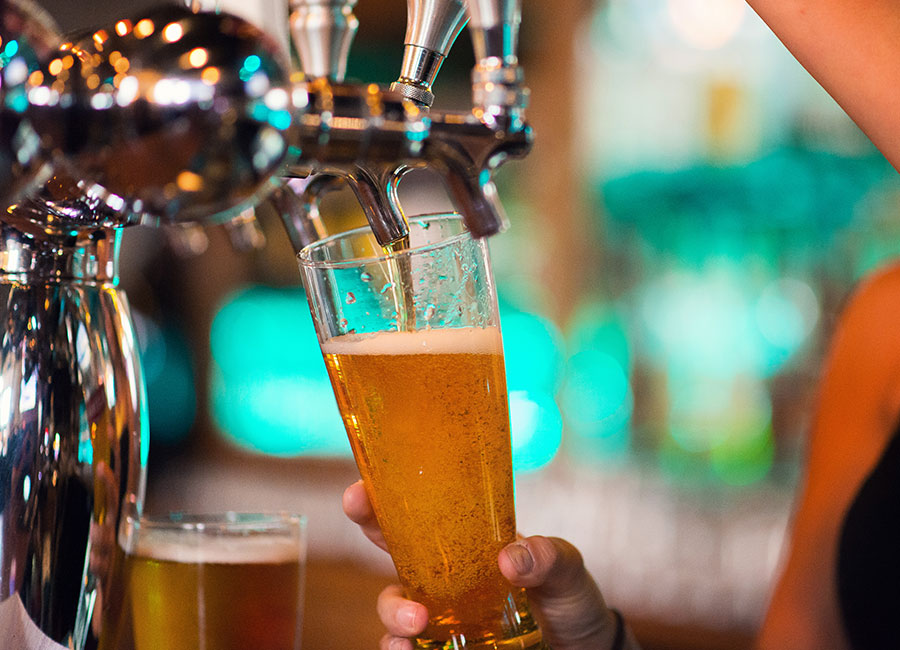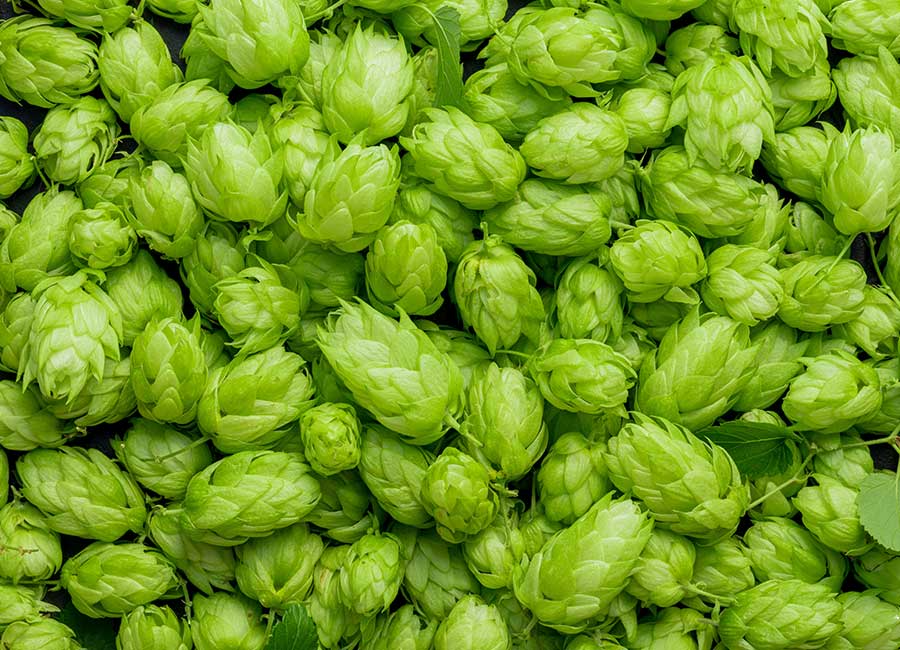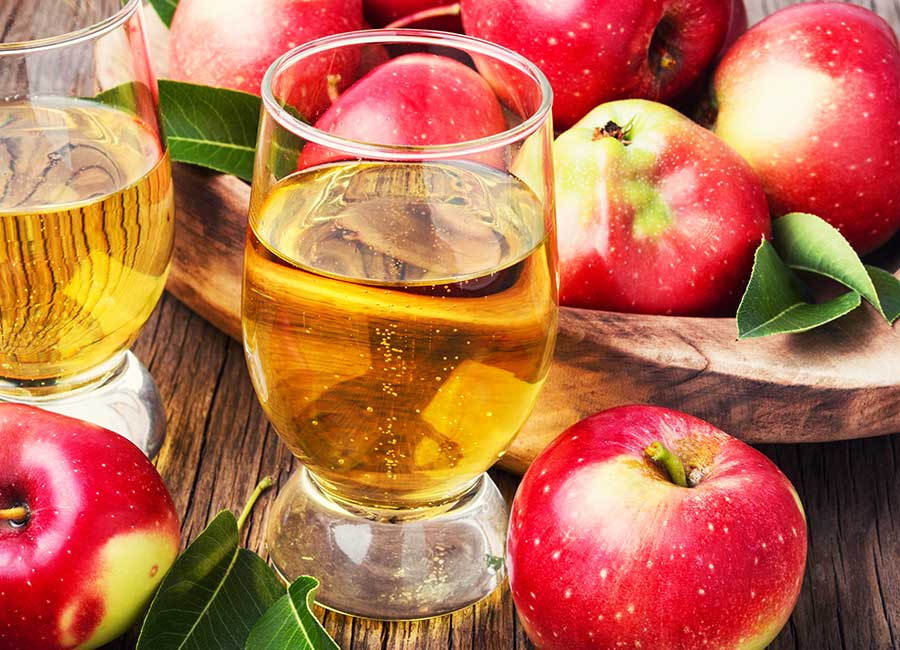What We Offer
Zymology Labs by Bia Diagnostics offers alcohol testing of beer, hard cider and kombucha by a TTB certified beer chemist. Brewers can ensure the quality and consistency of their products with additional testing of IBUs, color, pH, extract, and calories. Real time PCR is used to identify potential yeast or bacteria beer spoilers that may cause off flavors and refermentation in the package.
Alcohol by Volume
ABV is measured using an Anton Paar Beer ME Alcolyzer and Density Meter 4500 to measure ABV to the nearest 0.01% v/v. American Society of Brewing Chemists Method Beer 4G.
Extract
Real and apparent extract, original gravity, real degree of fermentation and apparent degree of fermentation. Extract values are measured using an Anton Paar Beer ME Alcolyzer and Density meter. American Society of Brewing Chemists Methods Beer 4G, 5B, 6C.
International Bitterness Units (IBUs)
IBUs are measured using a Beckman DU 530 UV-vis spectrophotometer following an iso-octane extraction. American Society of Brewing Chemists Method Beer 23A.
Color
Color is measured using a Beckman DU 530 UV-vis spectrophotometer and quartz cuvette. American Society of Brewing Chemists Method Beer 10.
pH
pH is measured using a Thermo Scientific OrionStar A111 pH meter. American Society of Brewing Chemists Method Beer 9.
HLP
Hsu’s Lactobacillus and Pediococcus Medium is used for the detection of bacterial beer spoilers Lactobacillus and Pediodoccus. Preliminary results are provided on day 3 and final results on day 7.
qPCR yeast
Gene-Up® Brew Wild Yeast by Biomerieux is used to test for the following:
- S. diastaticus sp.
- Dekkera/Brettanomyces sp.
- Saccharomyces species
qPCR bacteria
Gene-Up® Brew Bacteria Plus by Biomerieux is used to test for the following:
- Lactobacillus/Pediococcus sp.
- Hop-resistance genes horA/horC
- Megasphaera/Pectinatus sp.



